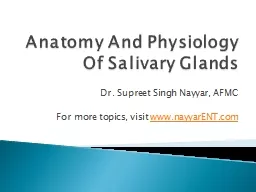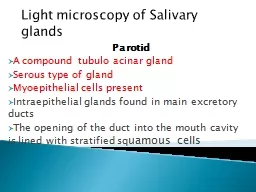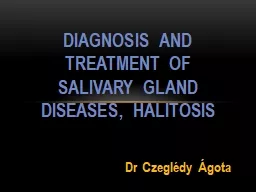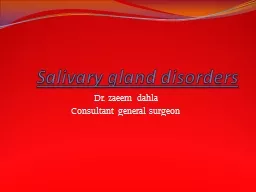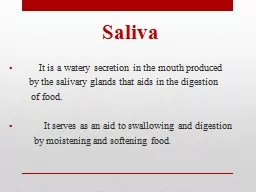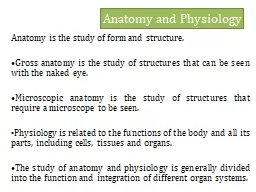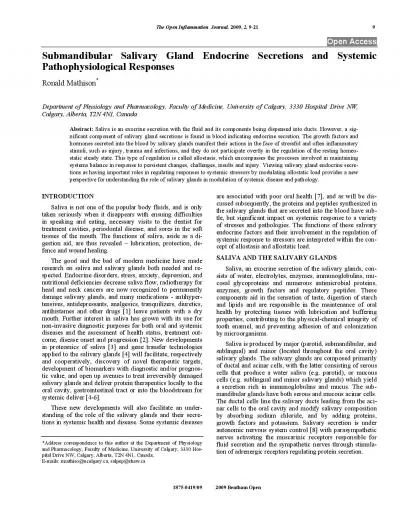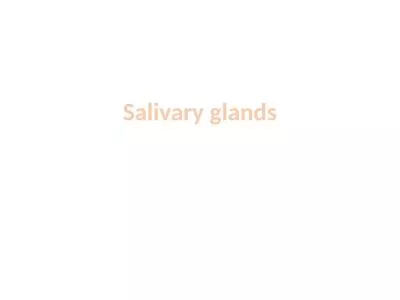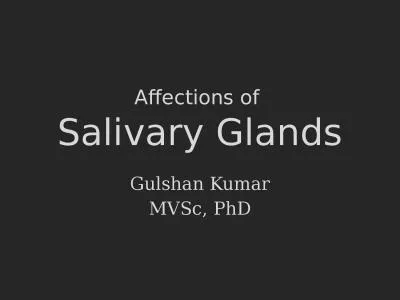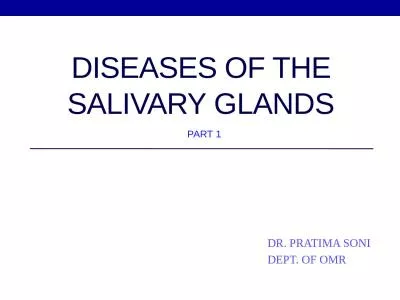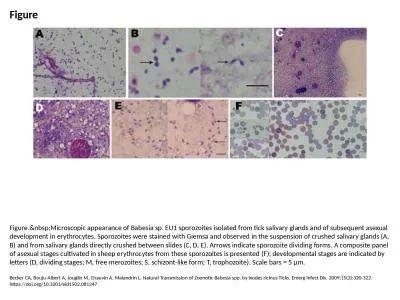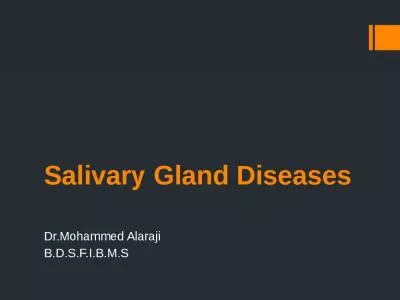PPT-Anatomy And Physiology Of Salivary Glands
Author : tatiana-dople | Published Date : 2016-07-07
Dr Supreet Singh Nayyar AFMC For more topics visit wwwnayyarENTcom Anatomy of Parotid Submandibular Sublingual glands Physiology structure of glands secretion
Presentation Embed Code
Download Presentation
Download Presentation The PPT/PDF document "Anatomy And Physiology Of Salivary Gland..." is the property of its rightful owner. Permission is granted to download and print the materials on this website for personal, non-commercial use only, and to display it on your personal computer provided you do not modify the materials and that you retain all copyright notices contained in the materials. By downloading content from our website, you accept the terms of this agreement.
Anatomy And Physiology Of Salivary Glands: Transcript
Download Rules Of Document
"Anatomy And Physiology Of Salivary Glands"The content belongs to its owner. You may download and print it for personal use, without modification, and keep all copyright notices. By downloading, you agree to these terms.
Related Documents

